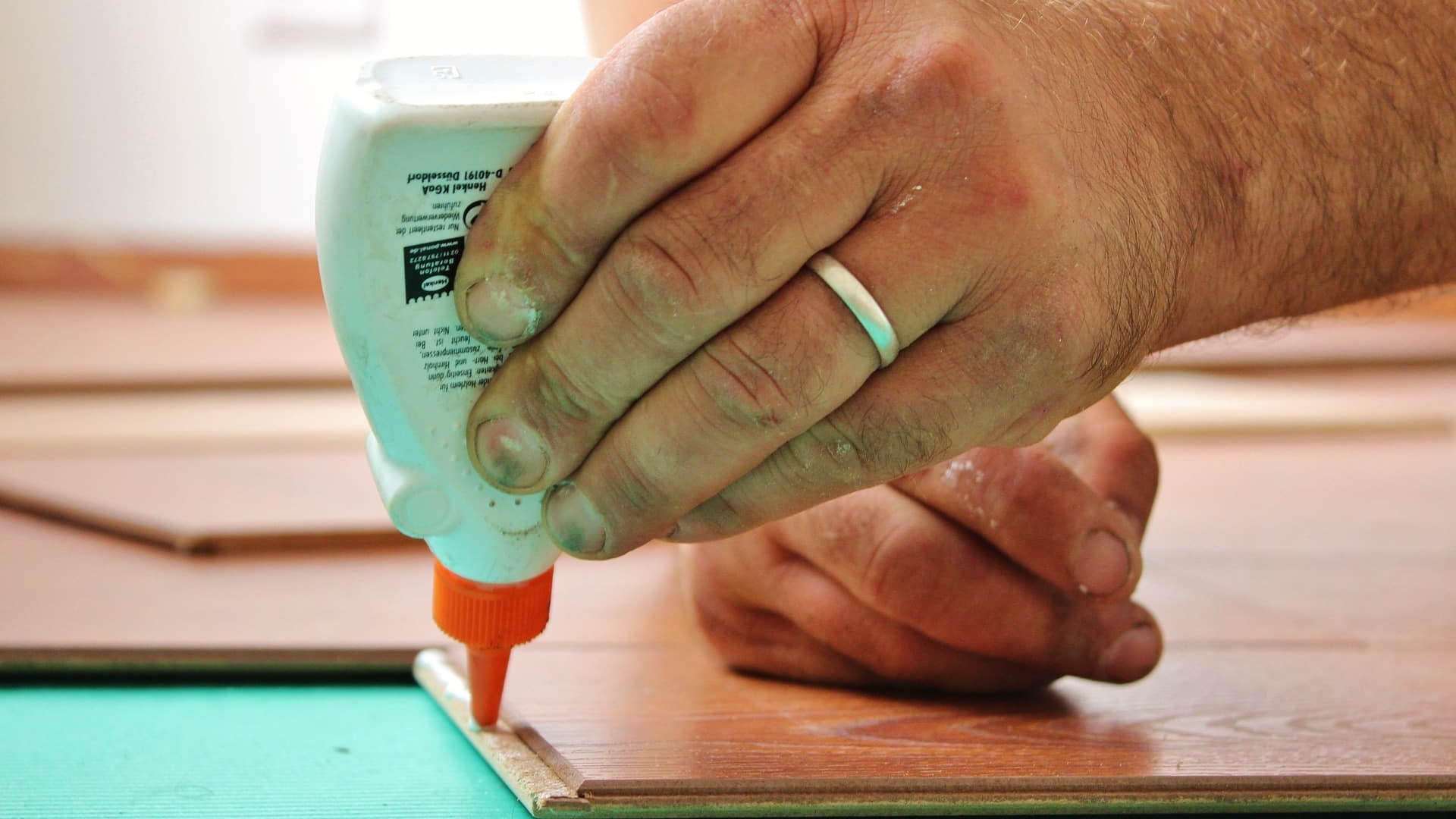
Adhesives are used in the manufacture of many different products to bind materials together. As each type of adhesive has its own characteristics, the choice will depend on the specific needs of your bonding project. There are several methods of applying adhesives, depending on the type of glue used, the materials to be bonded, their surfaces, etc. Let’s take a look at the main adhesive application methods.
For this purpose, brushes with natural or synthetic bristles can be used. The density of the bristles in the belly of the brush (brush tip) is used to estimate the brush’s ability to hold the adhesive. The denser the brush belly, the more adhesive it can hold.
Silicone brushes also offer the advantage of applying glue in hard-to-reach places such as dowel holes.
Roller coating is a method of applying adhesives to flat surfaces such as paper, wood, metal or plastic. For initial contact, simply apply light pressure with the roller on the surface to be bonded, to make it adhere. Then, to smooth it out, work from the inside out to eliminate air bubbles. The adhesive can be applied with a short- or medium-haired hand roller or a rotary roller, which applies the adhesive evenly over a wide surface.
As with rollers, glue brushes are mainly used to spread the adhesive evenly over the wallpaper strips so that they adhere to the walls or ceilings. The difference between brushes lies in their bristles and handles. The glue brush consists of a rounded handle and a narrow rectangular block with bristles, generally made of solvent-resistant synthetic materials, about 7 cm long. But there are also brushes with natural or silk bristles. The bristles are densely packed, creating a highly flexible, mobile and absorbent brush.
The biggest advantage of spraying is that you can apply the adhesive from a distance, without having to get too close to the surface you want to apply it to. What’s more, automatic or manual spraying ensures high-precision bonding and considerable time savings. Ready-to-use spray adhesives are available in aerosol or pump can formats. You can also use spraying equipment such as spray guns to apply the adhesive.
Spray adhesive is also ideal for larger projects, as it quickly covers a large surface area. If you’re working on a large surface such as wallpaper, which needs to be covered with a high concentration of adhesive, spraying will make the job much easier than using a roller.
While the range of professional adhesives on the market is vast, bonding methods vary considerably, depending on the type of adhesive used, the materials to be bonded and the specifics of the project. If you’d like to find out more about glue applications and our equipment please do not hesitate to contact our advisors.